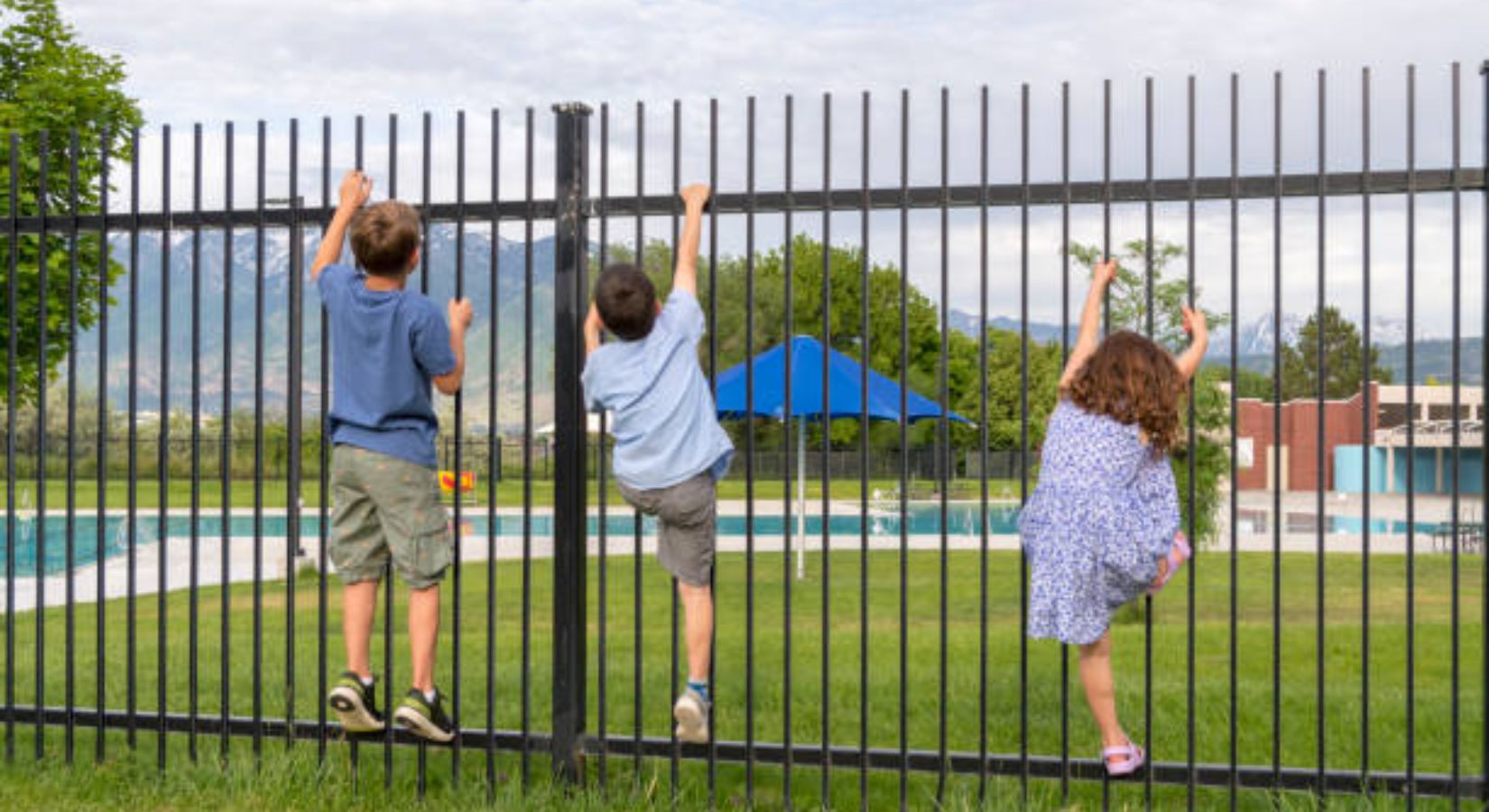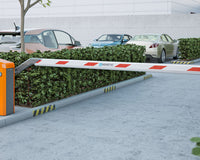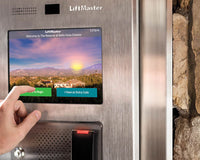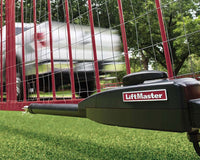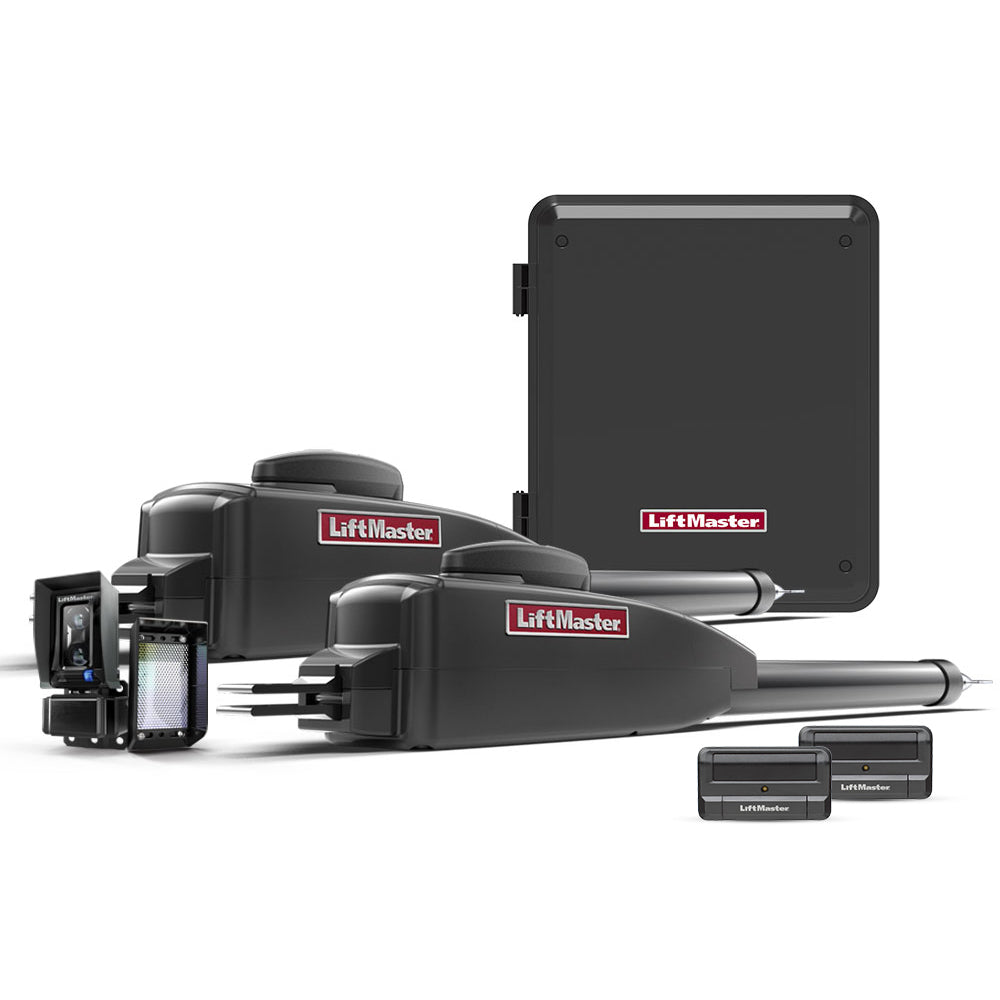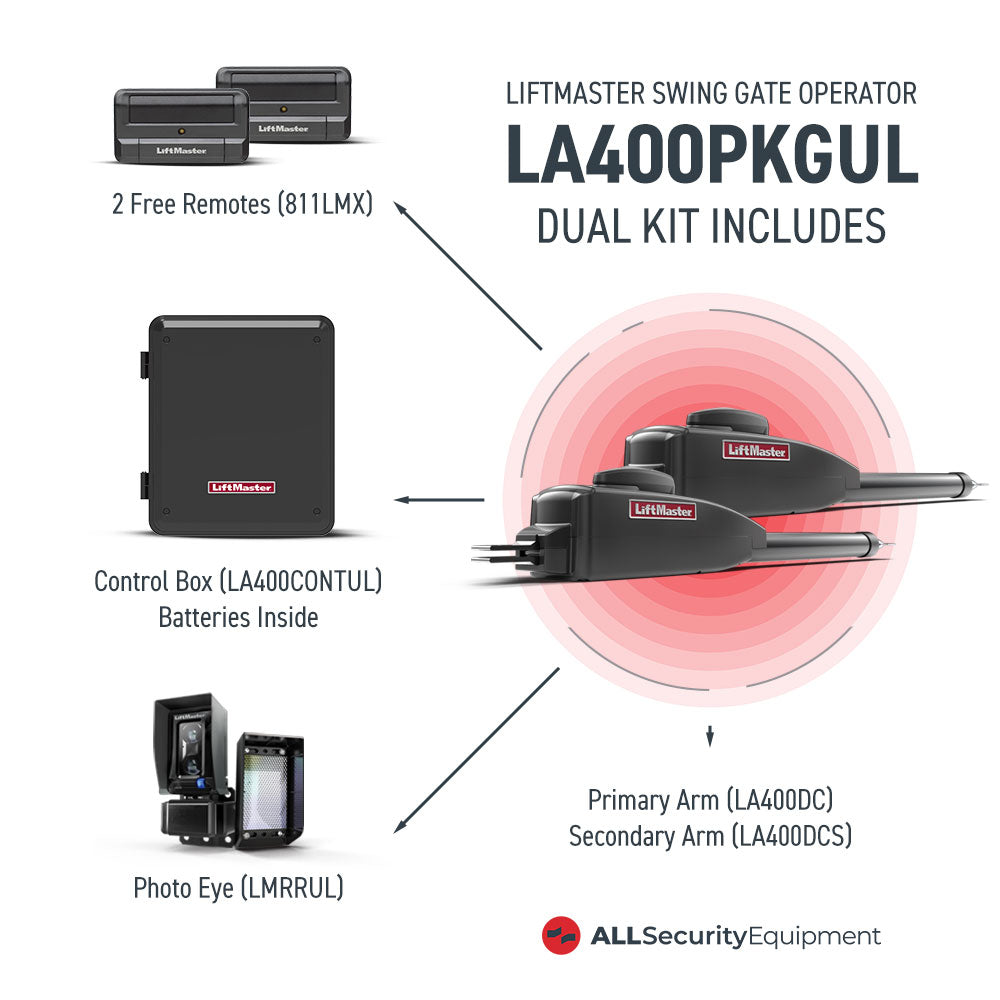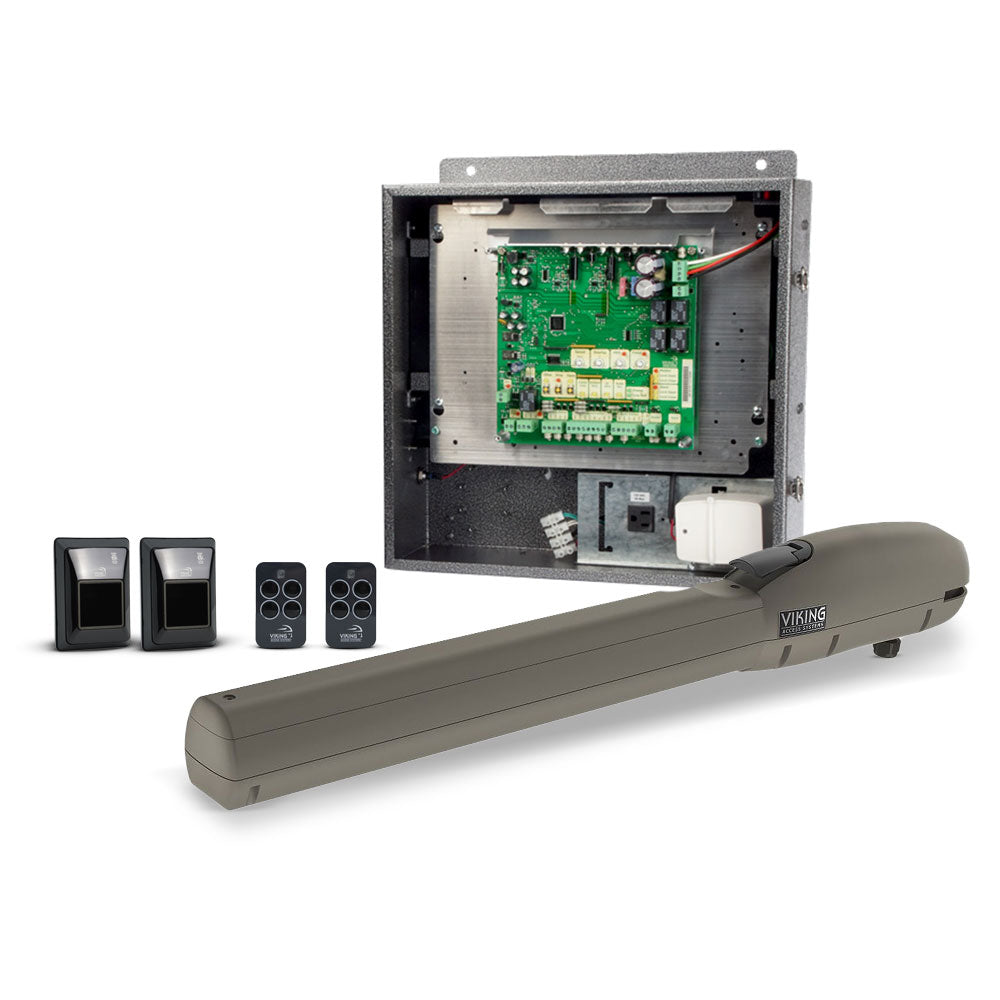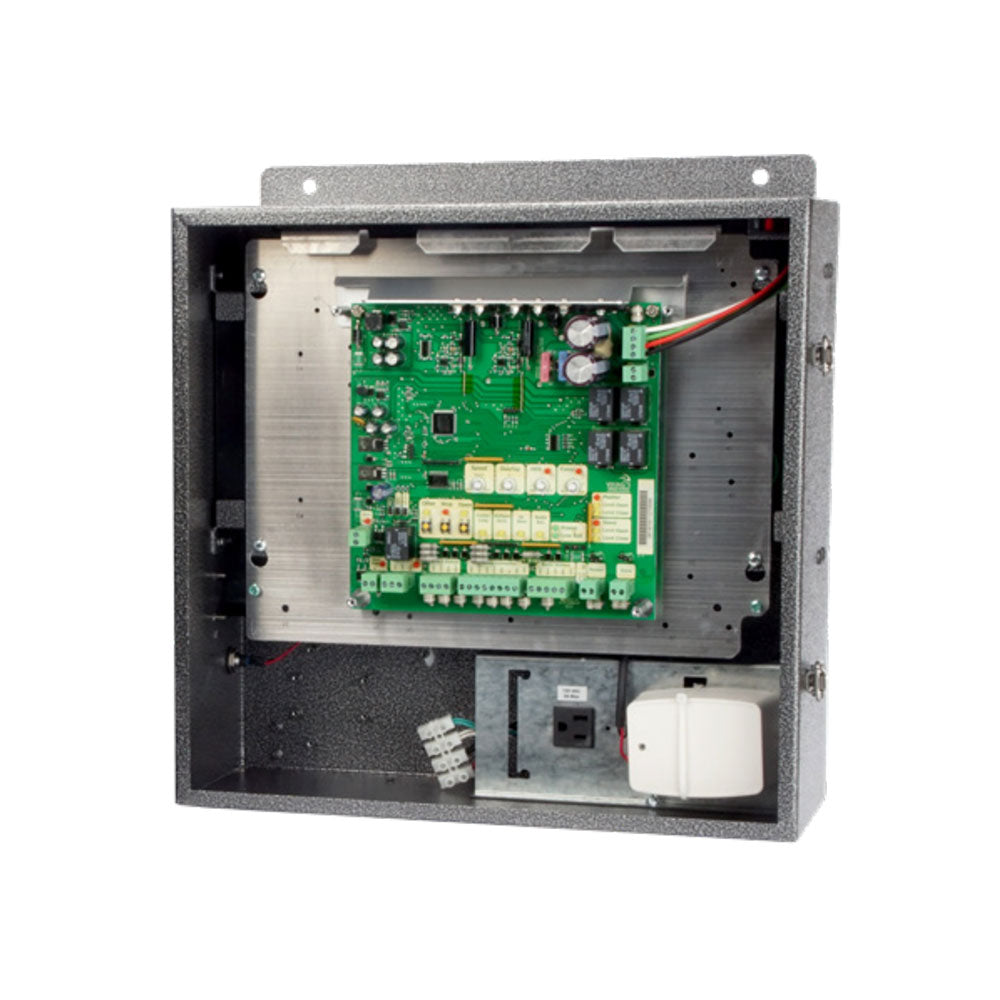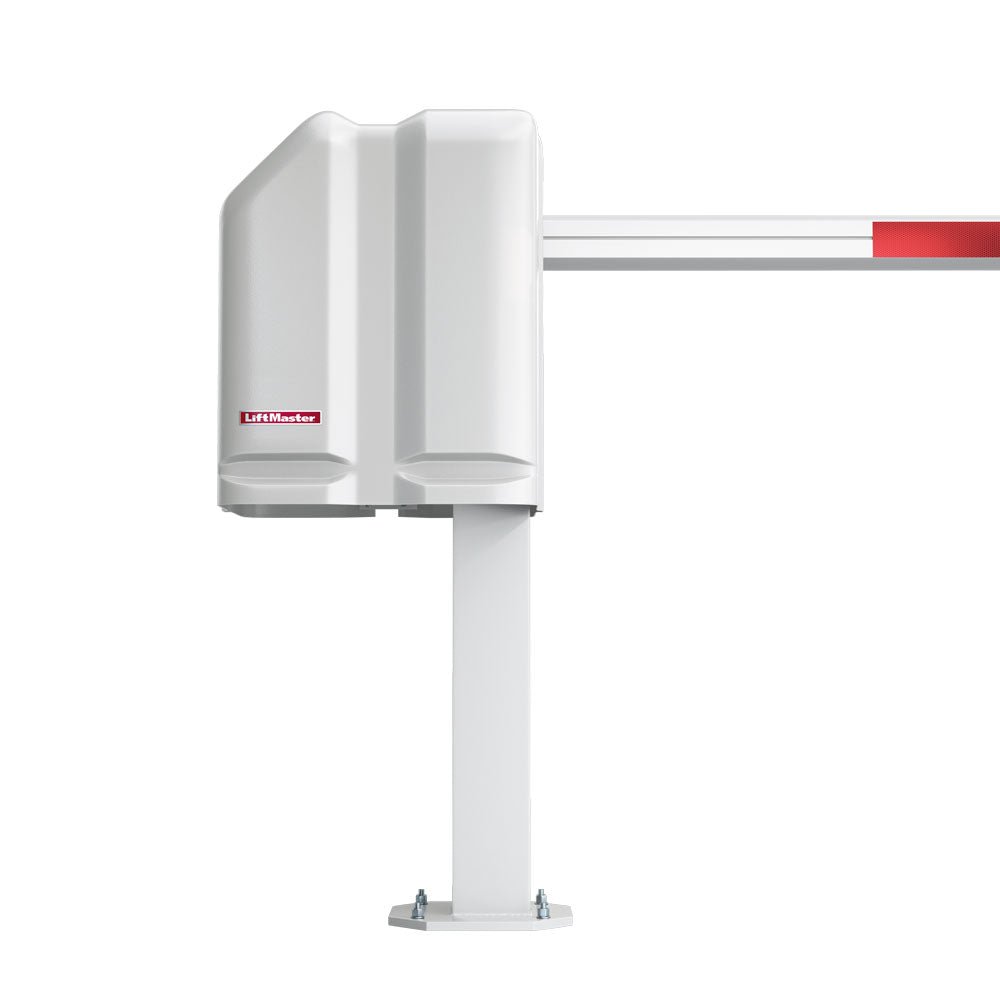Fencing Out The Dangers for Child Safety
Fences serve a variety of important functions for residential buildings, communities, and single-family homes. They provide security, define property boundaries, and contribute to aesthetic appeal, ultimately impacting property values. Choosing the right fence involves careful consideration of various factors, including material, style, and functionality. Understanding these factors is crucial for ensuring the fence effectively meets its intended purpose.

An often overlooked detail is how the smallest members of our households and communities interact with these seemingly innocuous structures. Children, with their boundless curiosity and natural inclination to explore, can turn a poorly designed or maintained fence into a potential hazard.
Imagine a toddler squeezing through a gap in the fence and wandering into a busy street, or a group of youngsters scaling a fence with horizontal rails, only to suffer a fall. Or perhaps a child’s fingers get caught in a faulty gate latch, causing a painful injury. These scenarios, while hypothetical, highlight the importance of considering child safety when it comes to fencing.
Today’s All Security Equipment blog post aims to be your guide in creating a secure perimeter that keeps children safe while maintaining the functionality and beauty of your fence. We’ll walk you through five simple yet effective tips to child-proof your fencing, maintaining your property as a safe haven for everyone.
A Quick Rundown On Types Of Fences.
Choosing the right fence involves considering various factors, including material, design, and budget. Understanding the different types of fences available is crucial for making an informed decision, especially when child safety is a priority. Here’s a brief overview of common fencing materials and designs:
Materials:
-
Wrought Iron:
-
Features: Durable, elegant, and often ornate. Known for its strength and classic aesthetic.
-
Child-Proofing Considerations: Can be challenging to climb due to its vertical bars, but ensure spacing is narrow enough to prevent squeezing through.
-
-
Steel/Metal Fencing:
-
Features: Strong, versatile, and available in various styles. Offers good security and can be more cost-effective than wrought iron.
-
Child-Proofing Considerations: Similar to wrought iron, vertical bars are generally climb-resistant. Check for horizontal rails or decorative elements that could be used for climbing.
-
-
Aluminum Fencing:
-
Features: Lightweight, rust-resistant, and low-maintenance. A popular choice for its affordability and ease of installation.
-
Child-Proofing Considerations: While generally durable, aluminum can be less robust than steel or wrought iron. Pay close attention to gate hardware and panel connections.
-
Designs:
-
Commercial: Typically designed for security and functionality, often featuring chain link or high-security metal fencing. These fences can be highly effective for child-proofing if properly installed and maintained.
-
Parkway: Often used to define boundaries in public spaces, parkway fences prioritize aesthetics while providing a level of containment.
-
Residential: Residential fences offer a wide range of styles and materials, allowing homeowners to customize their fencing to match their property and personal preferences. Additionally, installing window guards is crucial to prevent falls and ensure children's safety in various areas of the home.
Steps to Take To Child-Proof Your Fence
1 - Eliminate Climbing Hazards and Check for Proper Height
Children are natural climbers, and a seemingly innocent fence can quickly become an irresistible challenge. Eliminating climbing hazards is paramount for effective child-proofing.
Imagine a family has a wooden fence with horizontal rails. A child, eager to retrieve a ball that went over the fence, uses the rails like a ladder to climb over. Unfortunately, they lose their footing and fall, potentially resulting in a serious injury.
This scenario highlights the importance of eliminating climbing hazards and ensuring adequate fence height. Here’s what to consider and act upon to avoid such scenes:
-
Identify and Remove Climbing Aids: Conduct a thorough inspection of the area surrounding your fence. Anything that can provide a boost should be removed. Common climbing hazards include:
-
Outdoor furniture (chairs, tables, benches)
-
Planters and flower pots
-
Garbage bins and recycling containers
-
Tools and gardening equipment
-
Toys and playground equipment
-
Trees growing close to the fence (trim branches that overhang or are easily accessible)
-
Sheds or other structures near the fence line
-
Anchor furniture to prevent it from being used as a climbing aid.
-
-
Fence Design Considerations: The fence itself should be designed to discourage climbing.
-
Avoid Horizontal Rails: Fences with horizontal rails or supports create natural footholds. Opt for fences with vertical bars or panels instead.
-
Smooth Posts: Ensure fence posts are smooth and free of any protrusions that could be used for climbing.
-
Proper Height: A minimum fence height of 4 feet is generally recommended, but taller fences (5-6 feet or more) offer greater security, especially for older or more adventurous children. Consider the age and climbing abilities of the children you are trying to protect.
By diligently removing climbing aids and choosing a fence design that discourages climbing, you can significantly reduce the risk of accidents and create a safer environment for children.
2 - Check For Holes And Gaps and Install Protective Barriers, Safety Gates, or Mesh
Regularly inspect your fence for any holes, gaps, or weak points. Small children can squeeze through surprisingly small openings, so it’s crucial to address these vulnerabilities promptly. Pay particular attention to the bottom of the fence, as this is a common area for gaps to form due to shifting ground or erosion. Check around posts and where sections of the fence connect.

Consider installing protective barriers or mesh along the fence to further enhance safety. Mesh rolls can be attached to the top of the fence to deter climbing, as these materials are difficult for children to grip. Installing a mesh barrier at the bottom of the fence can prevent small animals from entering and also keep toys and balls from rolling out, reducing the temptation for children to try and retrieve them from outside the fenced area.
Fill any gaps with appropriate materials, such as wire mesh, weatherproof fillers, or additional fencing components to ensure a child-proof fenced environment.
3 - Engage in Regular Maintenance of Your Fence
While it may seem obvious or even boring to maintain a fence, it is critically important, especially when considering child safety. A well-maintained fence is a strong and reliable barrier, but neglect can lead to deterioration and create potential hazards. Regular maintenance ensures the fence remains in optimal condition, providing the intended level of security and preventing accidents.
Imagine a scenario where a wooden fence, neglected for several years, has developed rot and weakened boards. A child leans against the fence, and a section of the rotting wood gives way, causing the child to fall.

Without proper care, a fence can become a liability rather than an asset.
Regular fence maintenance involves several key actions that you can take starting today:
-
Inspections: Conduct regular inspections of the entire fence line, including posts, panels, gates, and hardware. Look for signs of damage, such as loose boards, cracks, rust, rot, or insect infestations.
-
Repairs: Promptly repair any damage found. Replace broken boards, tighten loose screws or bolts, and address any structural issues.
-
Painting/Sealing: For wooden fences, painting or sealing is essential to protect the wood from weather-related damage and prolong its lifespan. Choose a child-safe paint or sealant.
-
Hardware Check: Regularly check gate hinges, latches, and locks to ensure they are functioning correctly. Lubricate moving parts as needed.
-
Vegetation Control: Keep vegetation trimmed away from the fence line to prevent it from growing through the fence and causing damage. This also eliminates potential climbing aids.
4 - Install Childproof Locks and Safety Latches
Of all the child-proofing measures you can take, securing your gates with reliable childproof locks and latches is arguably the most critical. A gate is only as secure as its locking mechanism, and a flimsy or easily accessible latch can render even the most robust fence ineffective.
Children are surprisingly adept at figuring out simple latches, so investing in high-quality, child-resistant hardware is essential for preventing unauthorized access to potentially dangerous areas.

Several types of childproof locks and latches are available, each offering varying levels of security. Here are some key options to consider:
-
Self-Closing and Self-Latching Mechanisms: These automatically close and latch the gate after it’s opened, eliminating the risk of it being left unsecured.
-
Keyed Locks: Offer the highest level of security but may not be practical for everyday use.
-
Combination Locks: Provide a good balance between security and convenience.
For superior performance and peace of mind, consider the D&D Technologies TruClose Heavy Duty Gate Hinges.

These polymer hinges are engineered to overcome common gate hinge problems like rust, binding, sagging, and staining. Designed for heavy or high-traffic gates up to 70kg, they feature a stainless-steel closing spring for reliable self-closing action.
Their durability and reliability make them ideal for child safety gates around swimming pools, childcare centers, schools, homes, playgrounds, and more. They are also quick and easy to install and adjust.

Choosing the right lock or latch depends on your specific needs and budget. However, prioritizing quality and child-resistance is paramount.
5 - Communicating with your Child and Creating a Safe Play Area
While physical barriers like fences are crucial, they shouldn’t be the only line of defense. Open communication with your children about fence safety is equally important. Teach them from a young age not to climb the fence, explain the dangers of wandering outside the designated area, and emphasize the importance of staying within the safe play zone.
Reinforce these lessons regularly and encourage them to ask questions if they are unsure about anything. By fostering a culture of safety awareness, you empower children to make responsible choices and contribute to their own well-being.

Creating a designated safe play area within your fenced yard provides an additional layer of security and peace of mind. This area should be free of potential hazards and equipped with age-appropriate toys and play equipment.
Consider adding soft surfaces like grass, rubber mulch, or playground mats to cushion falls and minimize the risk of injuries. Clearly define the boundaries of the play area using landscaping, decorative elements, or even a smaller, interior fence. By providing a safe and stimulating environment for play, you encourage children to stay within the designated zone and reduce the temptation to explore beyond the fence.
Lock It Down: Child-Proof Your Fence Today
Child-proofing your fence is paramount for every family. By eliminating climbing hazards, securing gaps, maintaining your fence, installing childproof locks, and teaching children about safety, you create a truly secure environment. Don’t wait – prioritize your children’s safety today.

